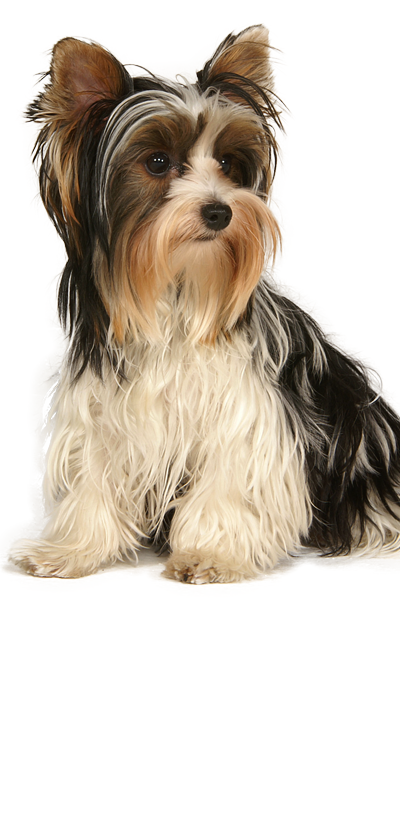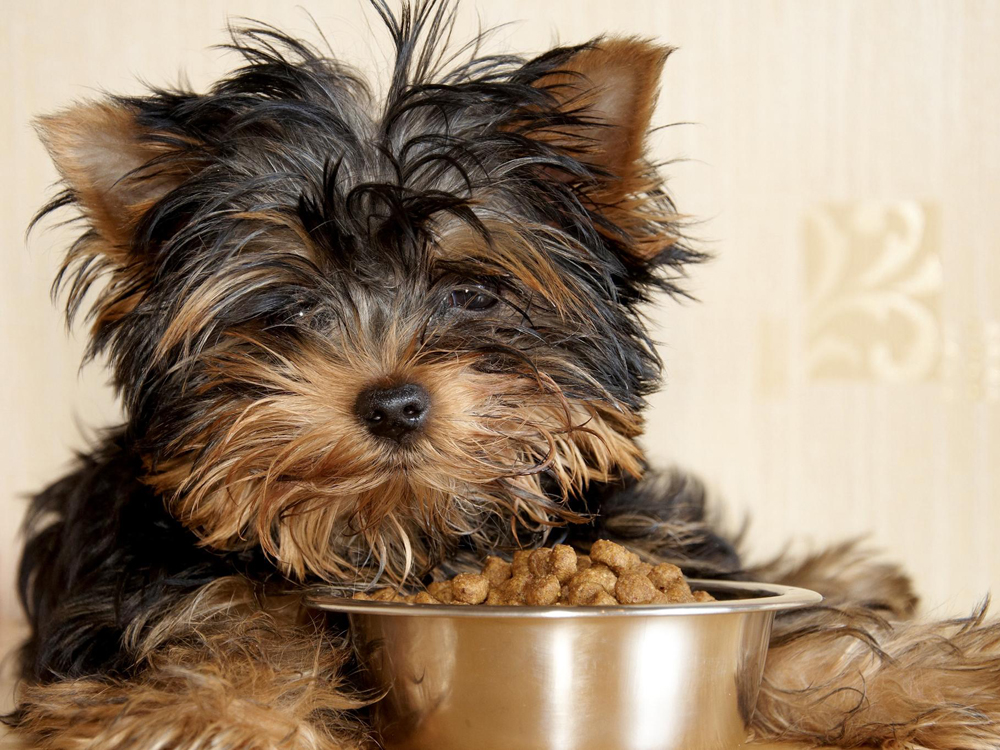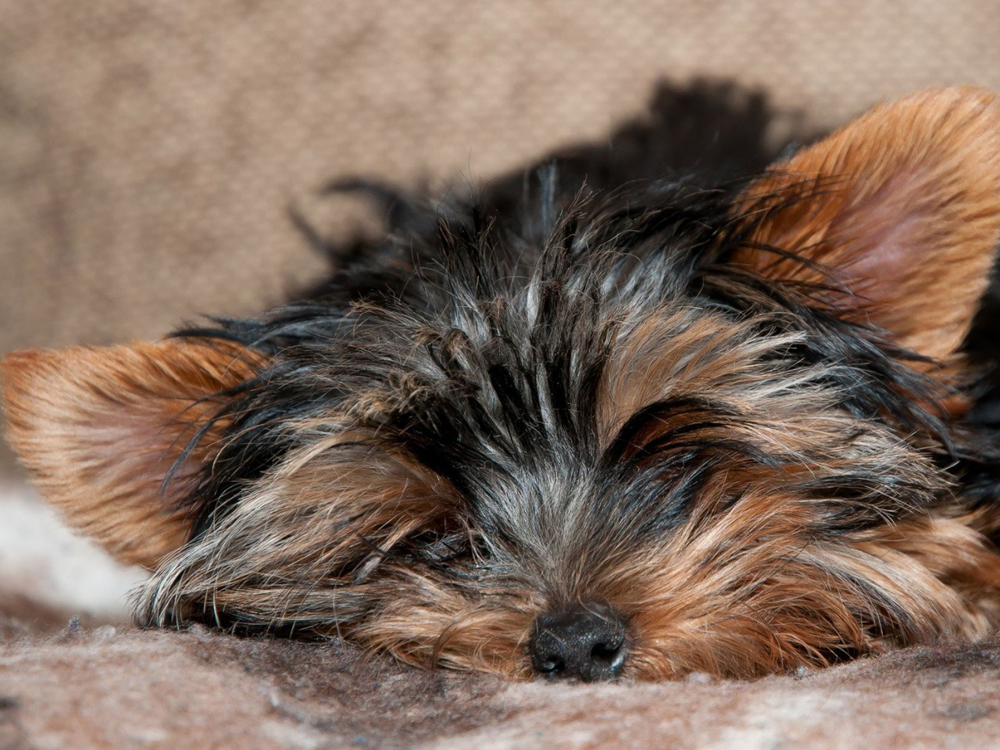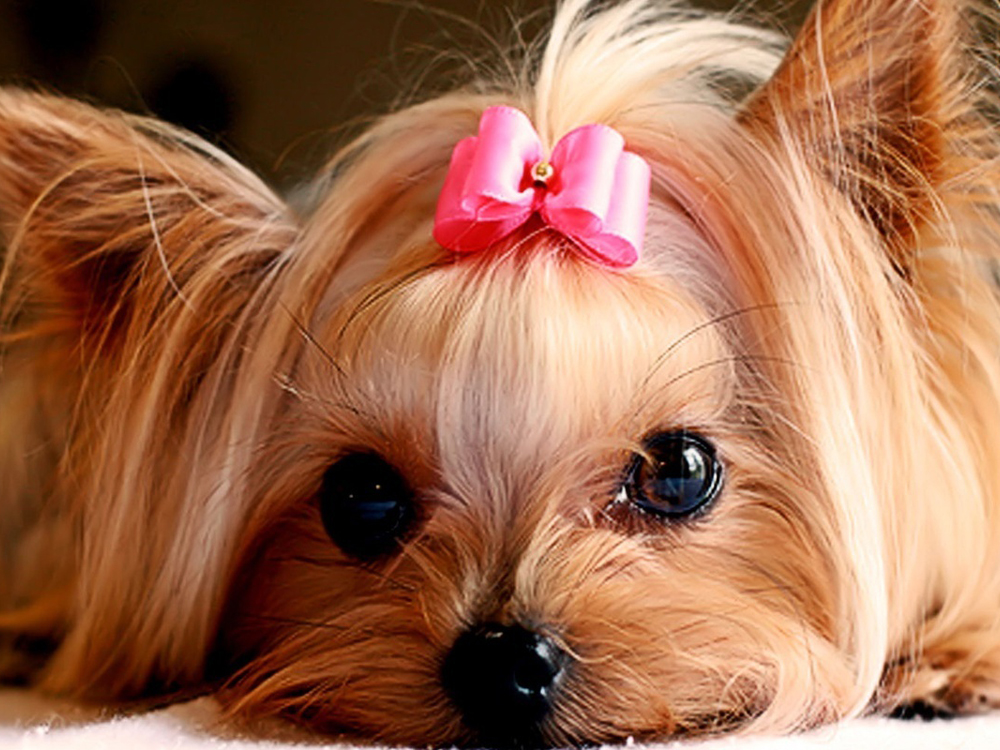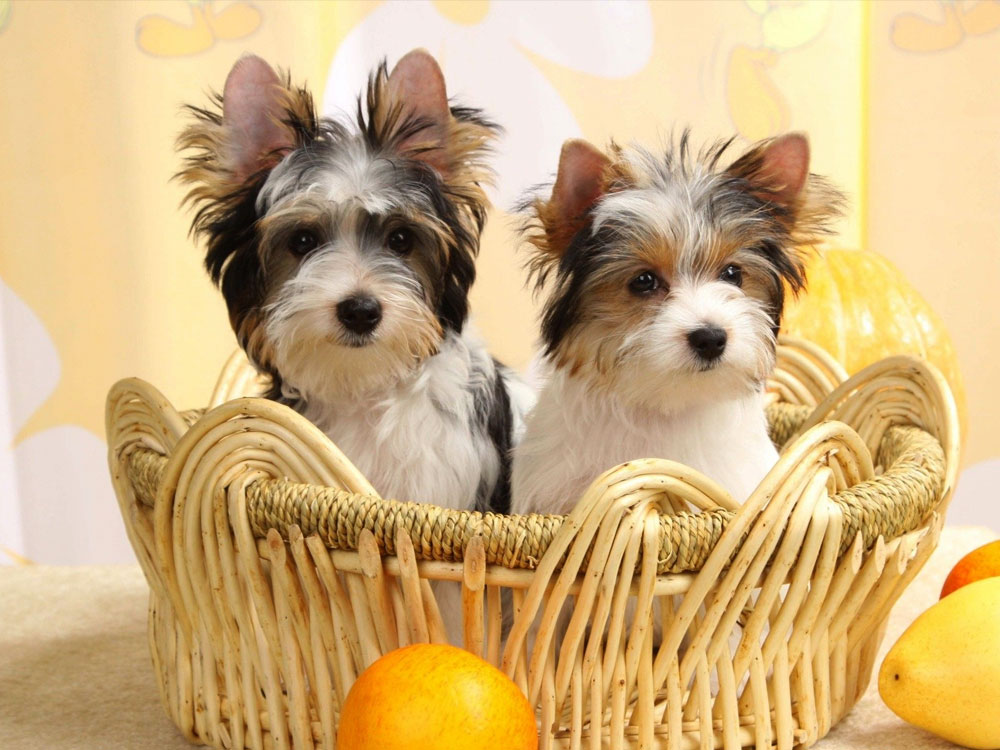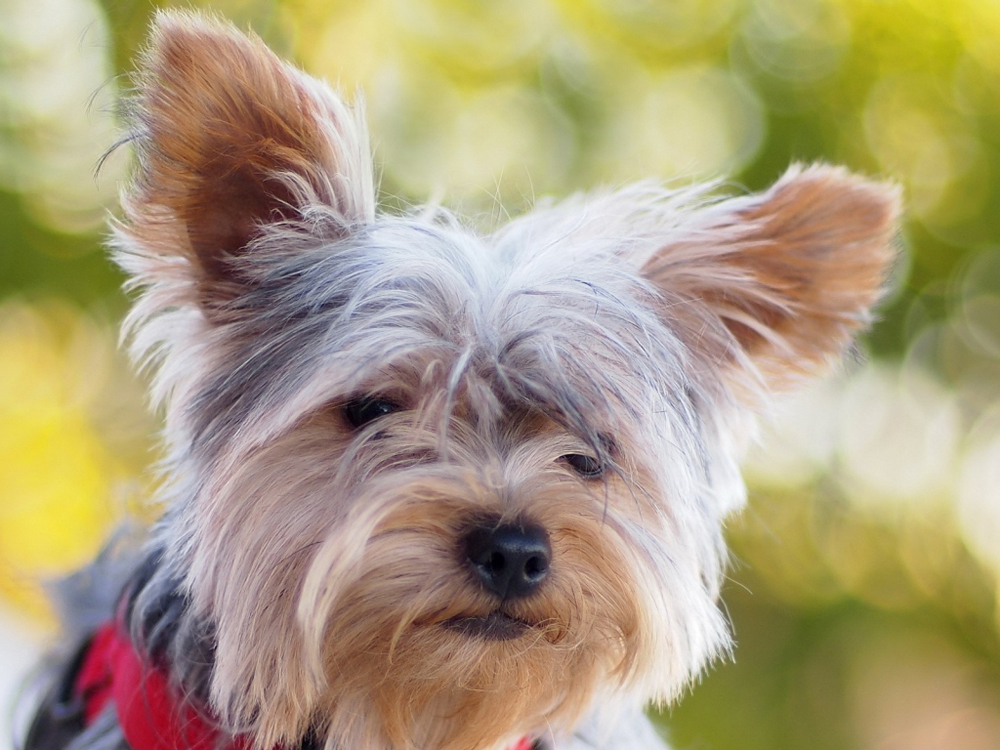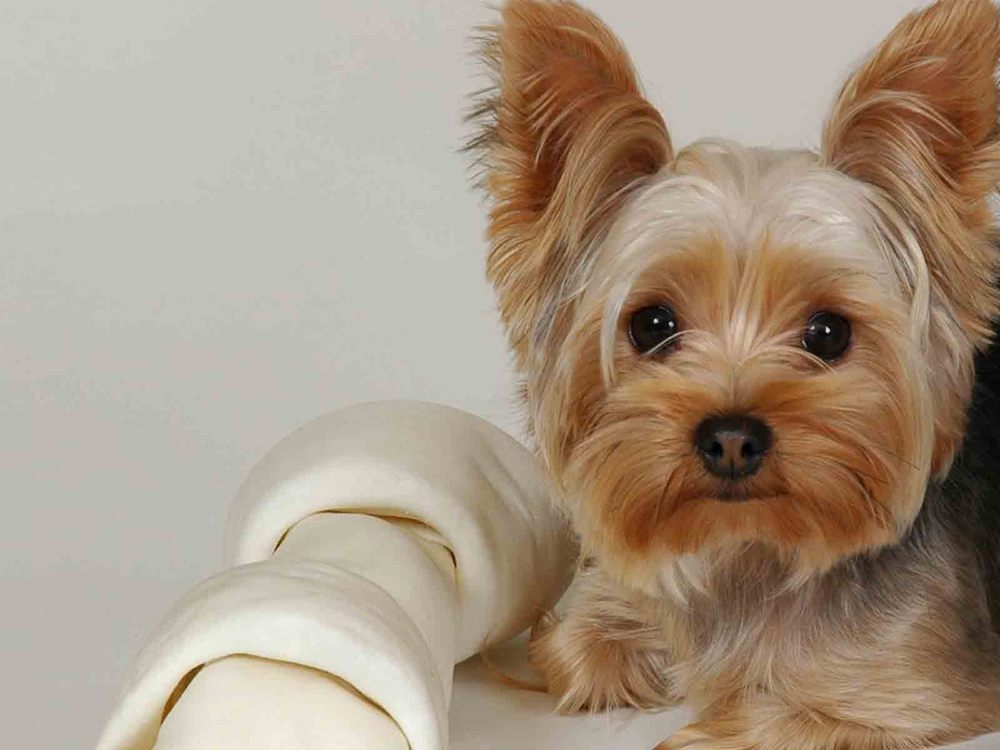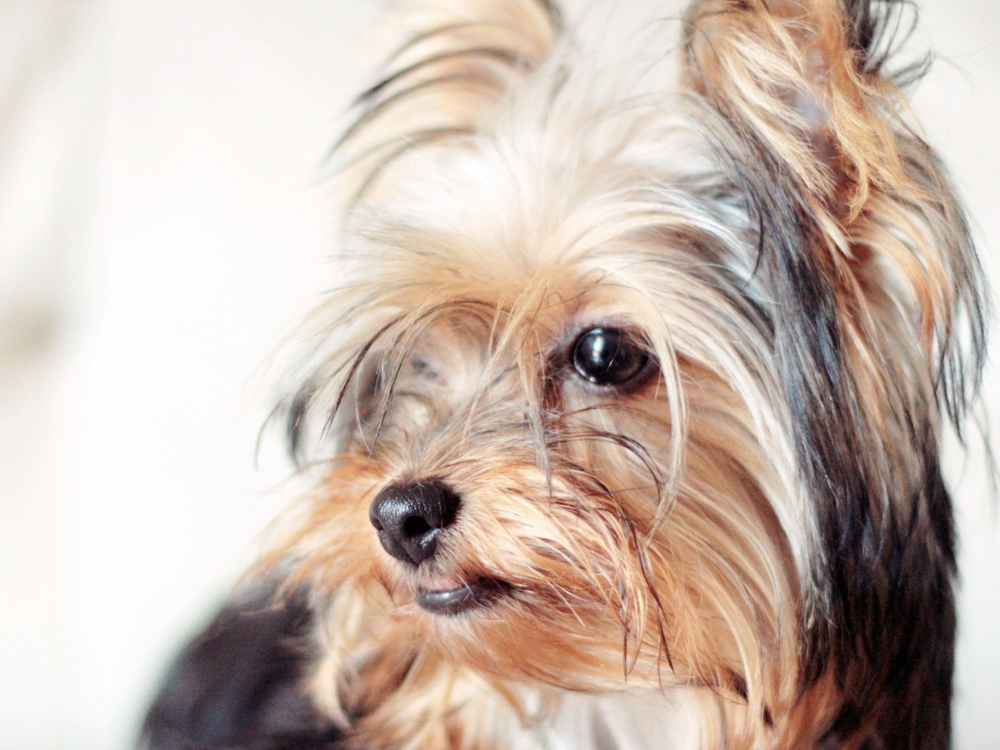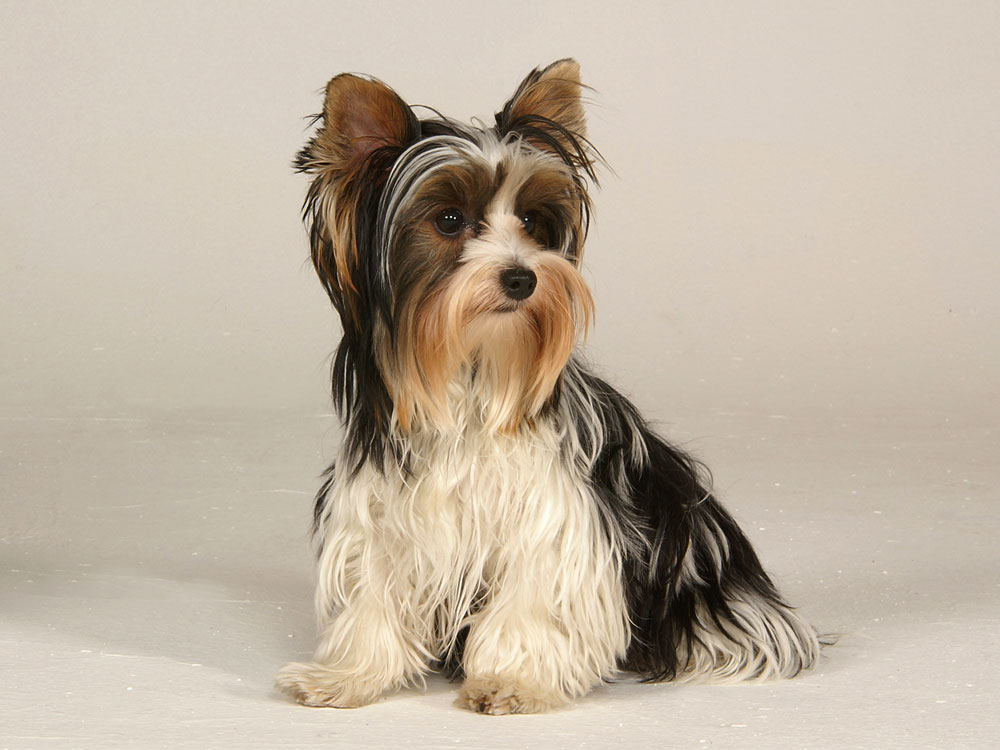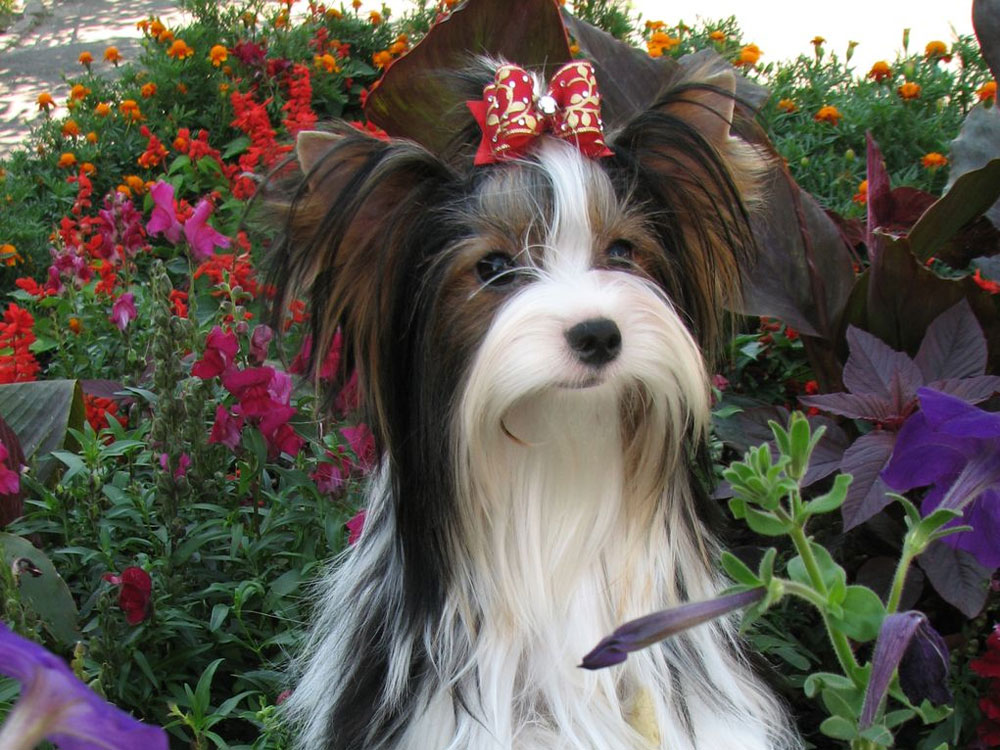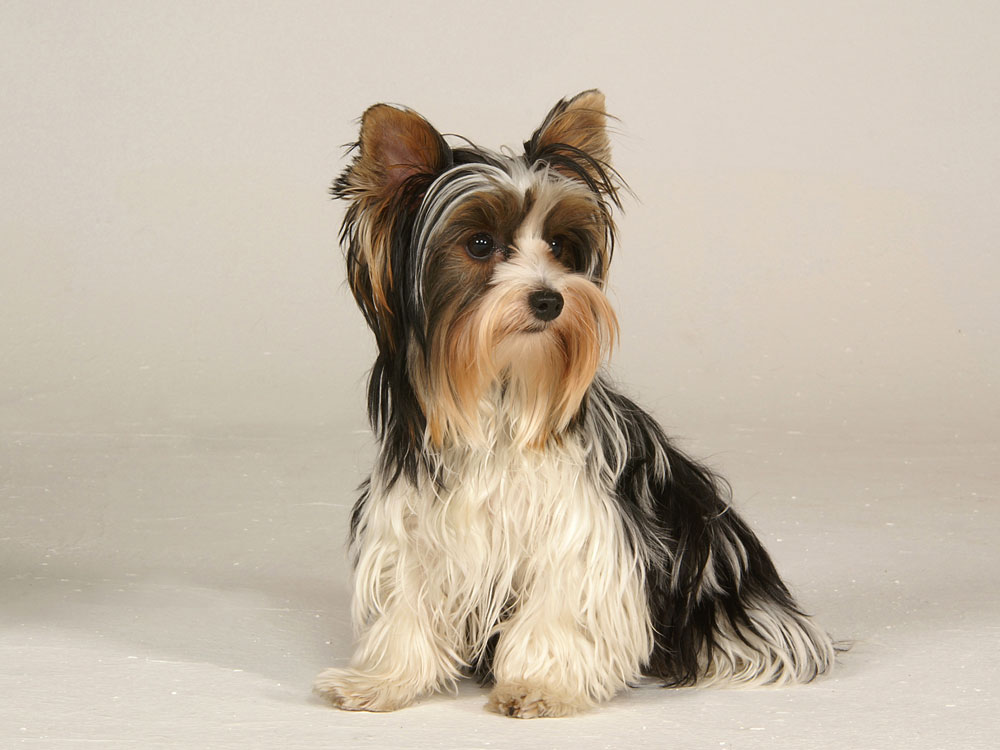
Biewer Terrier Breed Pictures
Vital Breed Stats
| Height: | 15 - 23 cm M | 10 - 18 cm F |
| Weight: | 2 - 3 kg M | 2 - 3 kg F |
| Breed Group: | Working Dog Group |
| Life Expectancy: | 13 - 15 years |
| KC Registered: | No |
Breed Characteristics
| Size: |  |
| Grooming: |  |
| Exercise Level: |  |
| Trainability: |  |
| Barking Level: |  |
| Good with Children: |  |
| Good with other pets: |  |
| Affectionate: |  |
| Protective: |  |
| Cost to Keep: |  |
Give a thumbs up if you love the Biewer Terrier

0
More About the Breed
History
The Biewer Terrier originally descended from the Yorkshire terrier as a result of a piebald puppy born in 1984 in Germany. This accidental occurrence inspired breeders Werner and Gertrud Biewer to have a selective breeding programme that aimed to produce a separate breed. It was originally called the ‘Bierwer Yorkshire Terriers a la Pom Pom’ and was officially recognised in 1989 by the llgemeiner Club der Hundefreunde Deutschland.
Some enthusiasts only consider the Biewer a piebald Yorkie, whilst others even deem it a fault. In 2003, the Biewer has won the hearts of America. It was recognised by the American Kennel Club and since breed standards have already been set in the US, breeders are encouraged not to cross the two terrier breeds. In the UK, it is not yet registered with the Kennel Club.
Appearance
The Biewer Terrier is a charming toy dog that boasts a lush, silky hair. A tiny dog by nature, it weighs 4–8 pounds and stands no more than 22 centimetres at the withers. It has slightly round head, short and neat muzzle, square jaws with a perfect scissor bite, and a long neck. It has medium, almond-shaped eyes that exude intelligence and hairy, v-shaped ears. It has a compact body, which is longer than it is tall.
Like the Yorkie, its long and flowing coat is its crowning glory. It is not only silky and luxurious, but it is also really soft. The long hair on its head is usually tied up in a knot. It comes in these colour combinations: black and white with gold and tan, blue and white with gold and tan, and white with blue or black top lines. Unlike most dogs, its hair grows the way human hair does, which is why it is hypoallergenic and virtually does not shed.
Grooming
Maintaining its lush hair comes with a price. To keep it neat and free from tangles and mats, daily brushing is needed. It also needs to be professionally groomed because its hair continuously grows throughout the year. Owners that do not show their pooches and prefer shorter hair may trim and clip its hair to make it more manageable.
The Biewer is prone to dental problems, so make sure to start brushing its teeth whilst it’s still a puppy and provide chew toys. To complete its grooming regimen, trim its nails, clean its ears, and inspect its skin for red spots and bumps.
Temperament
Don’t let its cute appearance and tiny size fool you, the Biewer Terrier is not your typical calm and gentle toy dog. Loyal and affectionate to its family, it can be indifferent and cautious towards people it does not know. This is the reason why it needs to be taught early that people outside the household don’t necessarily have bad intentions.
The Biewer is intelligent and trainable but has a tendency to be strong-willed, and like most terrier types, it can be a bit yappy. It is important to establish your role as a pack leader early on. It is also a clever dog that will use its cute appearance to manipulate you into getting what it wants. Terrier breeds have a reputation of being demanding and challenging to live with, not to mention difficult to house-train. However, patience, consistency, and training can help raise a well-behaved and enjoyable Biewer.
Intelligence
The Biewer is not recommended for timid first-time owners or families with toddlers. It is better off with people that can handle its tenacious nature and older children that are more mature and know how to interact with tiny dogs. It can get along with other pets if they grow up together. However, it could not be completely trusted with smaller animals because of its high prey drive. Since it isn’t aware of its small stature, supervise interactions with bigger dogs.
Breeds have certain predisposed characteristics in terms of temperament and intelligence. However, a lot of aspects contribute in developing its overall unique character such as genetics, environment, and socialisation.
Nutrition
- Senior and less active: up to 230 calories daily
- Typical adult: up to 260 calories daily
- Physically active/working dog: up to 300 calories daily
Feeding
Health
Exercise
Cost of Ownership
The Biewer Terrier may be tiny in size, but owning one is definitely not cheap. Firstly, it is a rare dog in the UK, so getting one isn’t that easy. You have to go on a waiting list and would probably pay £900 to £1,000 for a well-bred pedigree puppy. With this pricey dog, you definitely have to get a pet insurance that costs £20–£40 a month to have a safety net in case of health emergencies.
Basic necessities will initially be around £20–£30. Allot £600–£700 a year for routine check-ups and preventive care. You also have to factor in professional grooming services to maintain your dog’s greatest asset: its luscious hair. The price depends on your location and the services you will avail of.
Is a Biewer Terrier Right for You?
- The Biewer Terrier is a loving and loyal companion.
- It can be aloof and wary of strangers, hence early training is needed.
- It has a hypoallergenic, non-shedding hair which can be high-maintenance.
- The breed is a great apartment dog that requires minimal exercise.
- It is best suited for experienced dog owners with older children.
